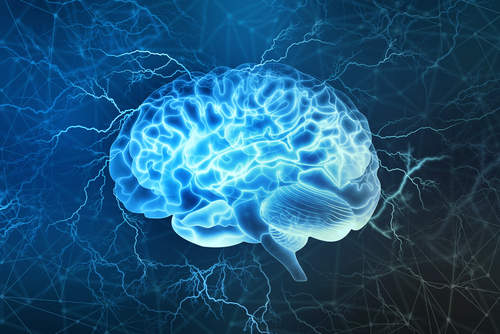Non-motor Symptoms Preceding Parkinson’s Onset Prevalent in Gaucher Type 1, Study Finds

Non-motor symptoms associated with the eventual development of Parkinson’s disease are prevalent in Gaucher disease type 1 patients — people who already are at a higher risk for the neurodegenerative disorder, a study shows.
Based on these findings, the researchers encourage people with Gaucher disease type 1 — particularly those over the age of 40 — to go for regular neurological check-ups.
The study, “Evaluation of the frequency of non-motor symptoms of Parkinson’s disease in adult patients with Gaucher disease type 1,” was published in the Orphanet Journal of Rare Diseases.
Parkinson’s is a progressive degenerative disease classically characterized by motor, or movement-related, symptoms. It develops either due to the inheritance of a Parkinson’s-predisposing gene, or due to unknown causes. When the disorder has no known cause, as is the case with 80 to 85% of patients, it is known as idiopathic Parkinson’s disease.
Research into the causes of idiopathic Parkinson’s have shown that patients tend to have mutations in certain genes. One particular gene identified as potentially playing a role in idiopathic Parkinson’s is GBA1.
Gaucher disease is also caused by mutations in this gene. Therefore, Gaucher patients have a higher lifetime risk of developing Parkinson’s compared with the overall population.
Parkinson’s is typically associated with motor symptoms. However, their development is preceded by a time period — known as the prodromal period — which can last up to 20 years. During that period, patients present with non-motor symptoms, including hyposmia (reduced ability to smell and to detect odors), rapid eye movement (REM) sleep disorder, daytime drowsiness, constipation, depression, and anxiety.
If the risk of developing Parkinson’s can be predicted by non-motor symptoms, then patients can be monitored and treated earlier. However, it is unknown if these non-motor symptoms are also seen in people with Gaucher disease.
To learn more, researchers conducted a study to determine the prevalence of non-motor symptoms in a group of people with Gaucher disease type 1 from Southern Brazil.
A total 23 participants were enrolled in the study, including 13 females and 10 males, with an average age of 41. All were receiving treatment for Gaucher, including 21 patients on enzyme replacement therapy, and two on substrate reduction therapy.
Overall, 14 patients — including eight over age 40 — presented with at least one non-motor symptom. Daytime sleepiness was the most frequent symptom, present in 10 patients (43%).
Additionally, two patients, ages 63 and 64, presented with motor symptoms that were probably related to their blood-pressure medication.
Noting that 14 patients (61%) presented with non-motor symptoms, the investigators concluded that such indications were prevalent in this group. The researchers said this highlights the “importance of a multidisciplinary follow-up focusing on earlier diagnosis of [Parkinson’s], especially for patients with [Gaucher disease] type 1 over the age of 40.”
“Such follow-up may include, for instance, non-invasive tests such as neurological examination and administration of multiple validated questionnaires,” they added.



